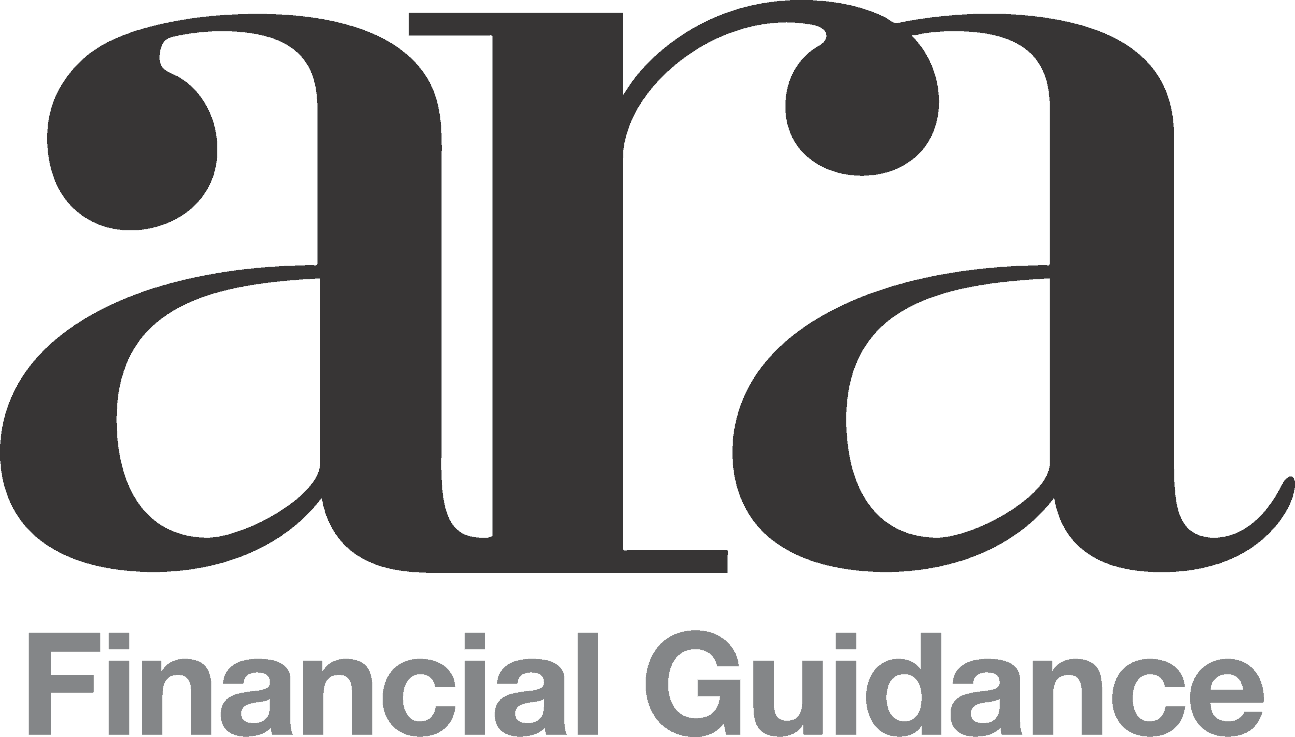Now that’s a big question. In a nutshell, here’s the challenge:
- If things have gone to plan you now have the largest lump of investible funds of your life so far;
- It has to see you through and fund the lifestyle to which you aspire;
- Maybe leave something for the kids or help them out along the way;
- All without the luxury of a regular income or savings capacity, nor time to recover from some major investment mishap or other
There are several methods employed by advisers, each with their own devotees. Common to all is the accepted fact that “growth” assets like shares and property offer the best prospects of long term return, but are more volatile (i.e. subject to price fluctuation along the way) than “stable” or “safe” assets like bank accounts or interest-bearing deposits.
Approaches advocated to tackle the problem include:
- Exposure to Growth assets = 100 – Your age. So if you are 70 years old you should have 100 – 70 = 30% of your retirement portfolio in things like shares. A recent variation, supposed to allow for increasing life expectancy, recommends 120 – Your age. This approach directs gradually less exposure to Growth assets over the journey.
- The 60/40 portfolio – keep 60% of your assets in Growth things, 40% in safe things, whatever happens.
While commendable for at least trying to provide a solution, I have problems with methods like these.
- They are too simplistic, aiming for a convenient one-size-fits-all solution to a problem that really needs to be tailored to the individual. Things like the target income as a proportion of the investor’s capital, eligibility for Centrelink benefits, near term capital requirements, marital status, home ownership and more, all need to be factored in.
- They display the very common preoccupation with short-term volatility as a risk to be avoided, and advocate managing this risk by limiting or reducing exposure to growth assets. The trouble with that is, as identified above, this action inevitably reduces the long term return the investor could achieve. If that’s a by-product of a necessary risk mitigation strategy, ok it’s like an insurance policy. But on the other hand, it also puts at risk the longevity of the retirees’ funds, and compromises their lifestyle, perhaps unnecessarily.
Price volatility is a fact of life. But if you don’t have to sell, you are not at risk from short term price movements. If your affairs are arranged such that you are not forced into a position where you have to sell at a bad time, you have effectively addressed the issue of price volatility.
Now the fact is, for the most of us, funding retirement will include progressively drawing down on capital. So the timing of those withdrawals becomes the key issue to manage.
So what’s ARA’s approach?
- Firstly, understand your cash flow requirements, not just for the next month or two, but years ahead. This is to understand if, when, and in what quantity it will be necessary to sell assets to meet your spending requirements. Armed with that insight, you can make a sensible, logical decision as to how much you should allocate to each of these types of investment.
- You should keep enough in stable assets like bank deposits and conservative investment options to ensure you won’t have to sell any growth assets for at least the next three to five years.
- You can then feel confident in allocating the remainder to the heavy lifters. During those intervening three to five years, monitor the performance of the portfolio, choosing good times (rising markets) to top up the safe bucket, while sitting tight and riding out the market lows.
This is the backbone of our investment advice to retirees, which we support with software to help with the cash flow forecasting and portfolio monitoring and which ties in with our fund’s investment strategy.
If you’re looking for more on the subject, check out our Retirement Hub or please give us a call.





